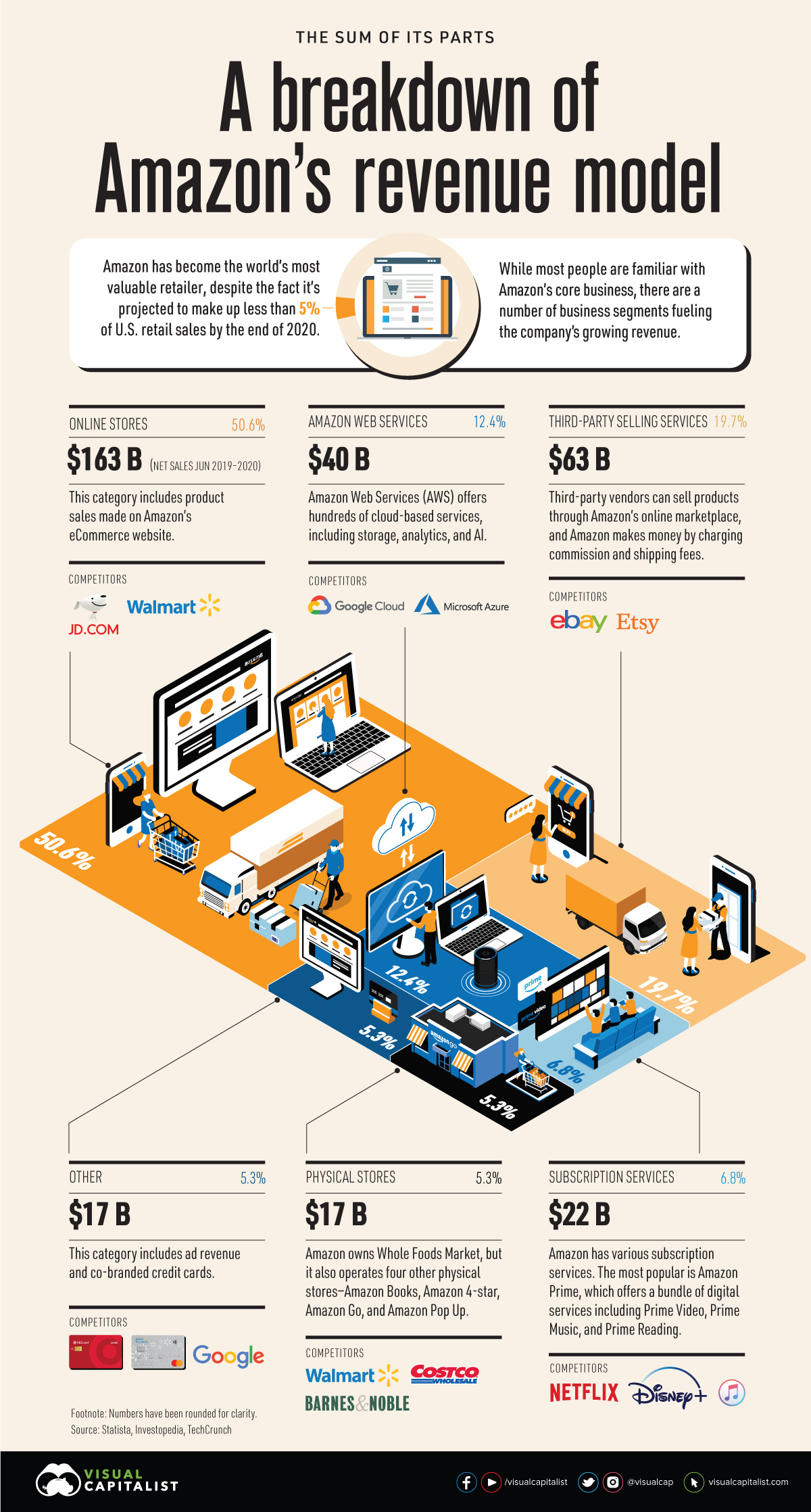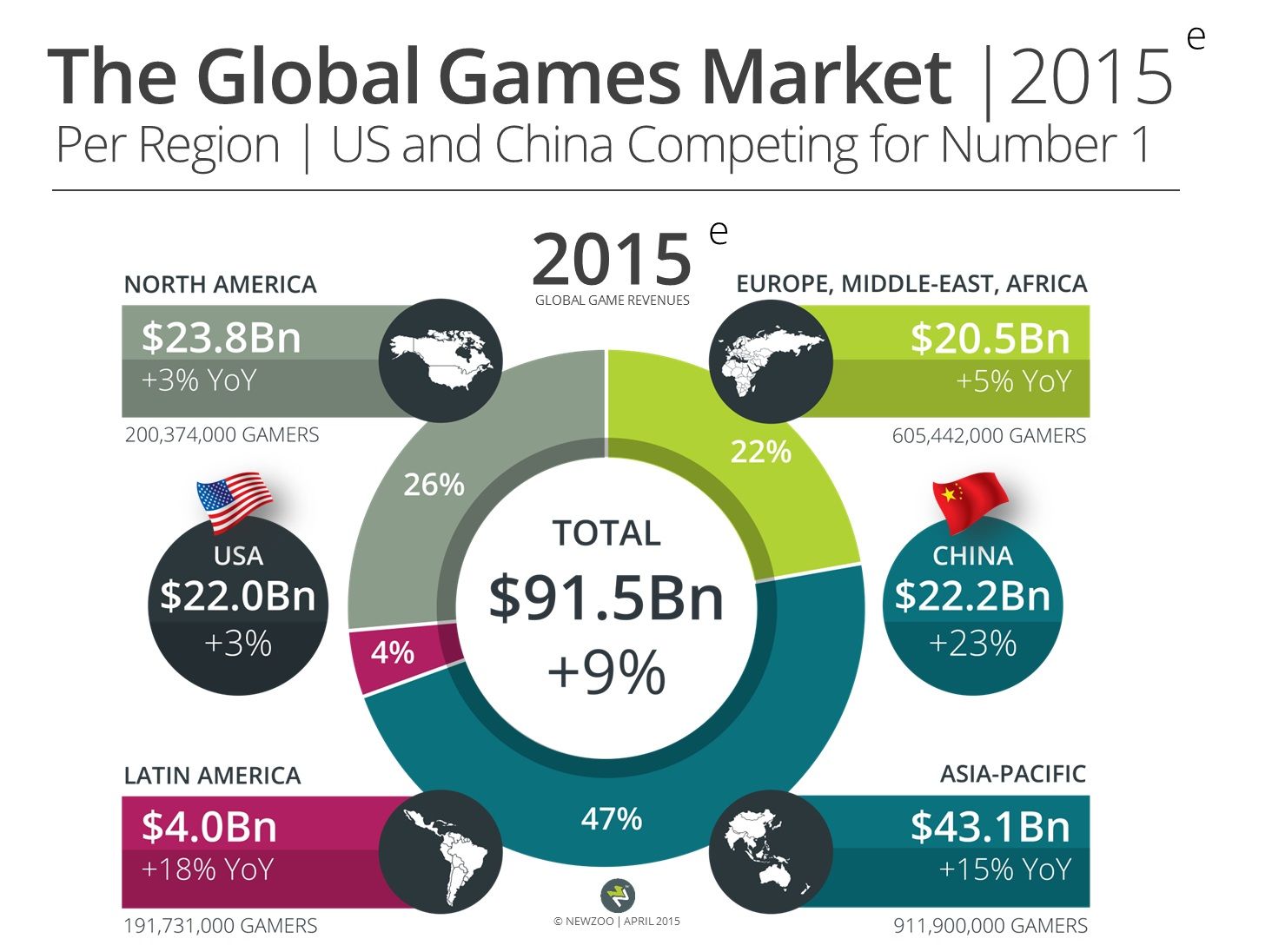
The gender gap in leisure time, for example, is a key dimension along which large inequalities exist. Going beyond national averages reveals important within-country inequalities. The country where people spend the least time eating and drinking is the USA (63 minutes). People in France, Greece, Italy and Spain report spending more time eating than people in most other European countries. The French seem to spend much more time eating than the British – and in this respect the data actually goes in line with stereotypes about food culture. In the UK, for example, people spend more time working than in France but in both countries people report spending a similar amount of time on leisure activities.Ĭultural differences are likely to play a role here. But what’s clear in the chart here is that there are also some differences in time use that are not well explained by economic or demographic differences. 2ĭifferences in demographics, education and economic prosperity all contribute to these inequalities in work and time use. Keep in mind that this chart shows the average for all people in the working age bracket, from 15 to 64 years, whether they are actually employed or not.

This is a general pattern: People in richer countries can afford to work less. In China and Mexico people spend, on an average day, almost twice as much time on paid work as people in Italy and France do. Countries are sorted by paid work hours in the chart – from highest to lowest. Work is another important activity where we see large differences. In India and the US, at the other end of the spectrum, people sleep an hour more on average.

From this sample of countries, South Koreans sleep the least – averaging 7 hours and 51 minutes of sleep every day. We spend the most time working and sleeping and paid work, housework, leisure, eating and sleeping take together 80-90% of the 1440 minutes that we all have available every day.īut if we look closely, we also see some important differences. This is not surprising – most of us try to split our days into “work, rest and fun”, and so there are some predictable patterns. The first thing that jumps out from this chart is that there are indeed many similarities across countries. The data comes from the OECD and brings together estimates from time diaries where respondents are asked to record the sequence of what they did over a specific day, as well as from general questionnaires where respondents are asked to recall the amount of time spent on different activities on a specific day in the previous week. In the chart here we compare average time spent across a number of common activities.


 0 kommentar(er)
0 kommentar(er)
